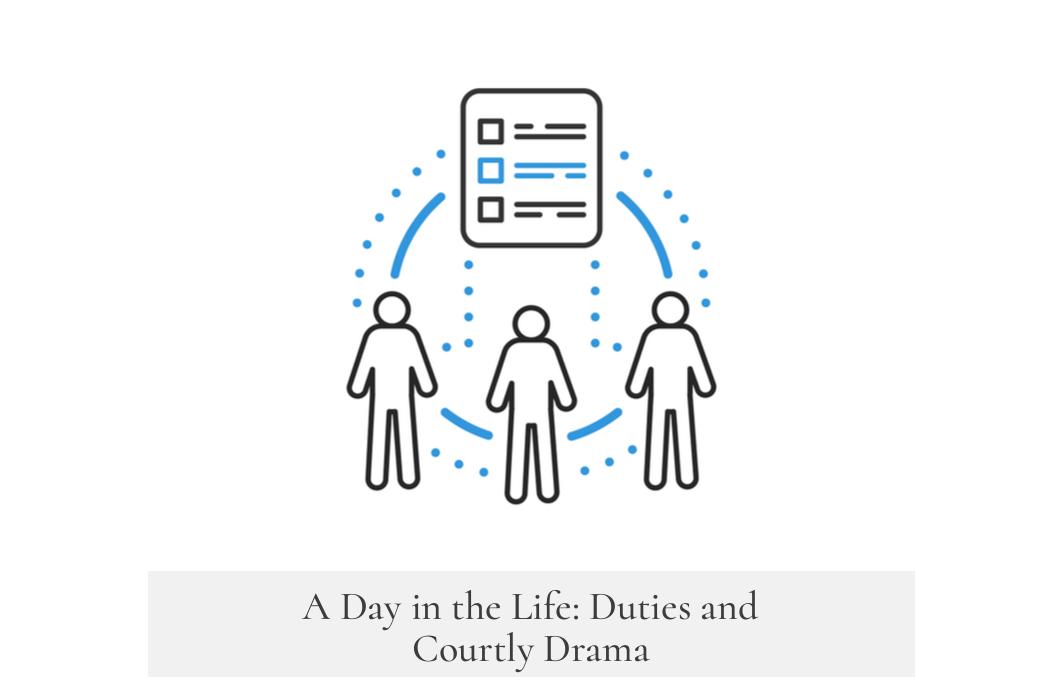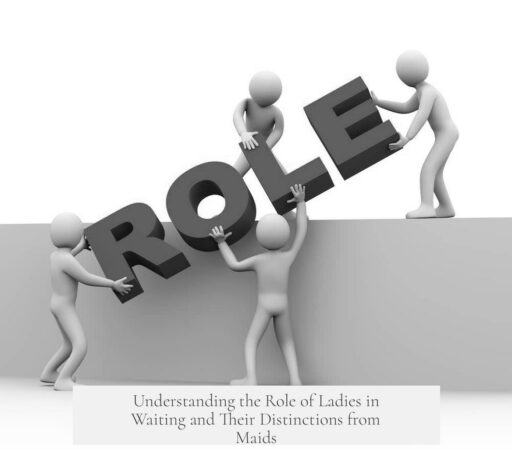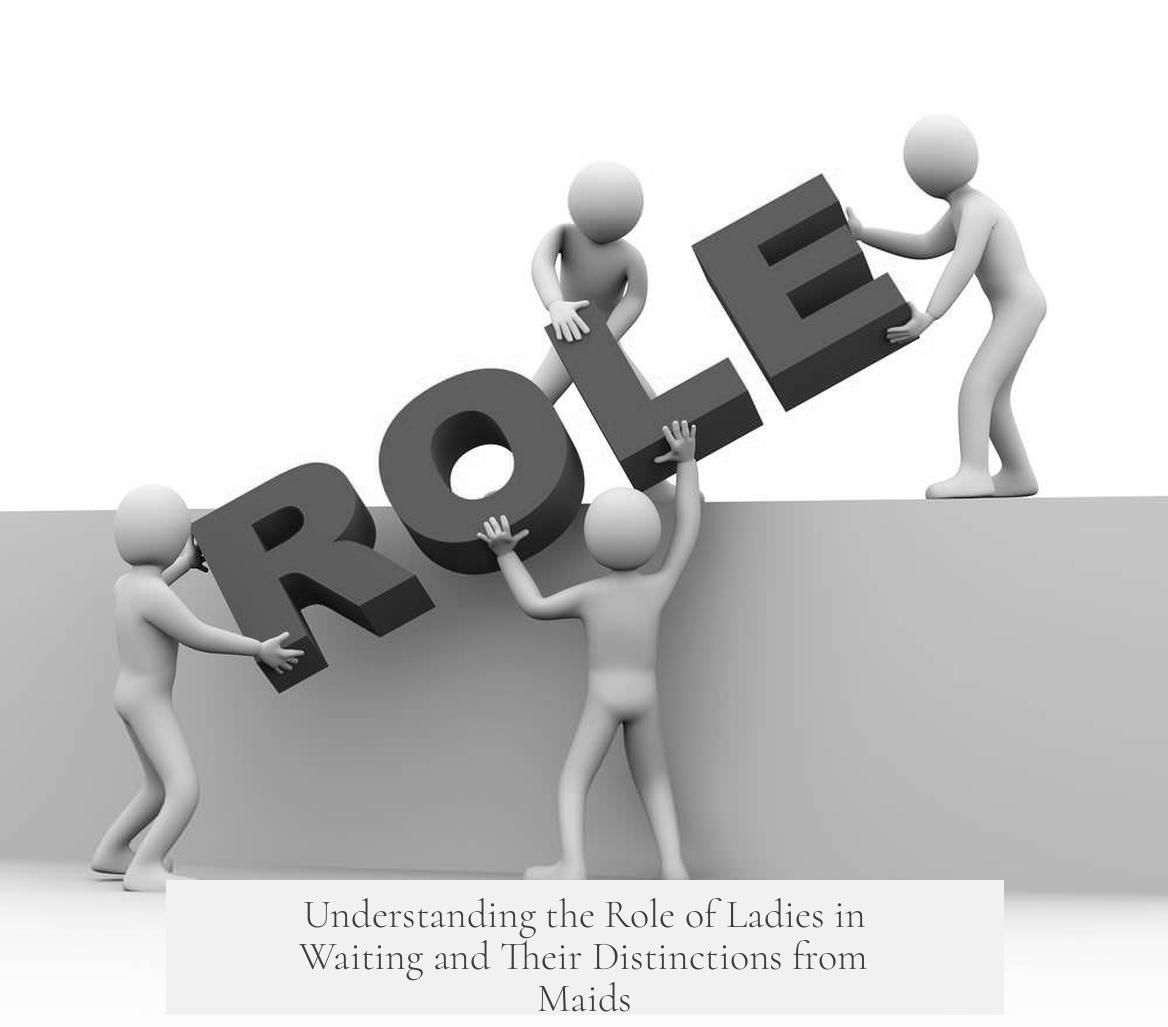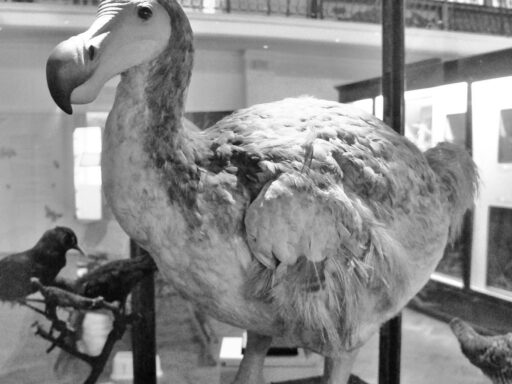Ladies in waiting were married noblewomen who served and attended the queen, playing important roles within the royal court that distinguished them from maids and other attendants. Their service involved personal attendance on the queen, participation in court life, and political influence, which set them apart from the more menial duties of household servants or maids.
Historically, ladies in waiting emerged in the late medieval period, particularly during the 14th and 15th centuries as European courts evolved into centers of social and political activity. This role continues today in various monarchies.
In England, ladies in waiting held ranked positions such as First Lady of the Bedchamber, Second Lady of the Bedchamber, and so on, indicating their hierarchy and closeness to the queen. Their duties varied by rank but often included overseeing other attendants, such as maids of honor, assisting the queen with dressing and grooming, and serving at the royal table by presenting dishes handed to them by servants.
- They monitored the conduct and protocol adherence of junior attendants.
- They were responsible for the queen’s wardrobe and personal appearance.
- They helped maintain the decorum of the royal household.
The symbolic presence of ladies in waiting added prestige and authority to the queen’s image. When dressed in fine attire, their company enhanced the queen’s status in public and private ceremonies.
Importantly, ladies in waiting played a role beyond mere attendance. They engaged in court politics similarly to their husbands, leveraging their proximity to the queen to influence appointments, advocate for their families, and engage in power networks. Their service offered them opportunities to affect decision-making inside the court and secure benefits for their kin. For example:
- Jane Drummond, Countess of Roxburghe, served as co-First Lady of the Bedchamber to Queen Anne from 1603 to 1617 and was paid by Spain to influence court politics.
- Ladies could pass valuable intelligence through family connections, alerting relatives to political developments or dangers.
- Their positions often were hereditary or passed through family lines, reinforcing noble alliances.
Apart from court politics, ladies participated in cultural aspects of court life. Organizing and performing in court masques was typical, especially in the early modern period. For example, Lucy Harington-Russell, Countess of Bedford and Lady of the Bedchamber to Queen Anne, produced The Vision of the Twelve Goddesses. This masque celebrated royal transitions and reassured courtiers of continuity through symbolic performances.
In contrast, maids and maidservants performed more basic household and servile duties. This group usually handled cleaning, cooking, and other labor-intensive tasks. They were often lower-ranked servants without noble status. Hence, their daily activities were focused on sustaining the queen’s household rather than accompanying her in social or political functions.
Furthermore, “maids of honor” were different from both ladies in waiting and maids. These unmarried young noblewomen served the queen as well but did not have the same rank or married status as ladies in waiting. They often acted as companions and could marry into higher status, sometimes becoming ladies in waiting themselves after marriage.
| Role | Status | Primary Duties | Political Influence |
|---|---|---|---|
| Ladies in Waiting | Married noblewomen | Attend queen, personal care, court participation, oversee maids of honor | Yes, significant influence |
| Maids of Honor | Unmarried noblewomen | Companions to queen, participate in court life | Limited, potential future influence |
| Maids (Servants) | Lower-class servants | Household chores, cleaning, cooking | No political role |
The differences lie in social rank, duties, and proximity to the queen. Ladies in waiting formed a noble retinue influencing court politics and culture. Maids served practical household roles. Maids of honor were young noblewomen in training or awaiting marriage and elevated status.
- Ladies in waiting were married noblewomen serving the queen closely.
- Their duties included personal attendance, supervising junior attendants, and court participation.
- They wielded political influence through proximity and networks.
- Maids handled household chores and had no political role.
- Maids of honor were unmarried noble attendants, junior to ladies in waiting.
What Exactly Did Ladies in Waiting Do? How Were They Different from the Maids?

Ladies in waiting were accomplished, high-ranking women who attended the queen, acting not just as servants but as companions, political players, and cultural figures within royal courts. They were far from the typical maids who managed chores like scrubbing and cooking. This distinction is crucial for understanding medieval and early modern court life.
So, what made ladies in waiting so special, and why did they matter beyond just helping the queen get dressed?
The Rise of the Ladies in Waiting: A Historical Snapshot

Ladies in waiting first appeared during the late medieval period, around the 14th and 15th centuries, as European monarchies developed more complex courts. These courts became stages of social performance, political intrigue, and cultural spectacle.
Unlike common servants, ladies in waiting were usually married women from noble families. They mirrored the king’s retinue of titled men, creating a parallel world within the queen’s side. They continued serving monarchs well into the modern age.
A Day in the Life: Duties and Courtly Drama

The positions of ladies in waiting formed a strict hierarchy. In England, titles like First Lady of the Bedchamber or Second Lady of the Bedchamber indicated rank and closeness to the queen. The “First Lady” enjoyed the most influence, while lower-ranked ladies followed her lead.
What did these ladies actually do? Sometimes they supervised the behavior of their peers. Other times, they oversaw younger maids of honor—the unmarried noblewomen who were a rung below ladies in waiting but part of the court’s elite circle.
Tasks included serving at the royal table or dressing the queen. However, these acts were not menial chores. For example, presentation of dishes was a ceremonial duty that underscored the queen’s status. Likewise, dressing the queen was an intimate and meaningful task, symbolizing trust and favor.
More importantly, being with the queen was itself a powerful role. Ladies came adorned in expensive, elegant garments. Their presence enhanced the queen’s aura and demanded respect from courtiers and diplomats alike.
The Hidden Power of Proximity

Do you think politics happens only in parliament buildings or behind closed doors? Think again. Ladies in waiting operated in a realm where personal influence and networks mattered more than formal titles.
They participated fully in court culture and politics. Their closeness to the queen allowed them to sway decisions. They could promote friends or family for coveted positions. If a lady pleased the monarch, her family might receive honors or royal appointments.
Take Jane Drummond, Countess of Roxburghe—she served Queen Anne as a co-First Lady of the Bedchamber from 1603 to 1617 and was reportedly paid by Spain to influence the queen’s policies. Talk about political power behind the scenes!
Ladies also gathered and relayed valuable information. Court was a hotbed of gossip, rumors, and secrets, and those willing to listen had a strategic advantage. Their kin networks turned this information into political currency.
Ladies in Waiting and the Arts

Beyond politics, ladies in waiting played a vibrant role in court entertainment. During Queen Anne’s reign, they helped organize and perform court masques—elaborate theatrical productions loaded with symbolic meaning.
For example, Lucy Harington-Russell, Countess of Bedford, as Lady of the Bedchamber, arranged “The Vision of the Twelve Goddesses.” This masque reassured the court by symbolizing the smooth transition from Elizabeth I’s era to that of James and Anne. Isn’t it fascinating that these ladies helped use theater as political messaging?
How Were Ladies in Waiting Different from Maids?

When you hear “maids,” you might picture domestic workers cleaning floors or cooking meals. That’s exactly right: maids were servants who handled menial tasks around the palace. They were employees, not aristocrats.
“Maids of honor,” however, are a different story. These were young, unmarried noblewomen attending the queen, similar to but distinct from ladies in waiting. Maids of honor often hoped to marry well with the queen’s backing and eventually become ladies in waiting—a promotion in social rank and responsibility.
So the terms confuse: “maid” can mean a servant, a maiden (unmarried gentlewoman), or a maid of honor, an elite courtier in training.
Summing It Up
Ladies in waiting were noblewomen with complex roles that blended service, companionship, political intrigue, and cultural leadership. They differed sharply from maids who handled household chores and even from maids of honor, who were unmarried court noblewomen aiming for higher status.
If you think of a royal court as a reality TV show, ladies in waiting were the sophisticated insiders, influencing outcomes and navigating social drama. Maids? More like behind-the-scenes support staff.
Next time you watch a historical drama or read about court life, pay attention to these distinctions. The power of ladies in waiting went far beyond fetching water or dressing a queen—they helped shape the reign itself.




